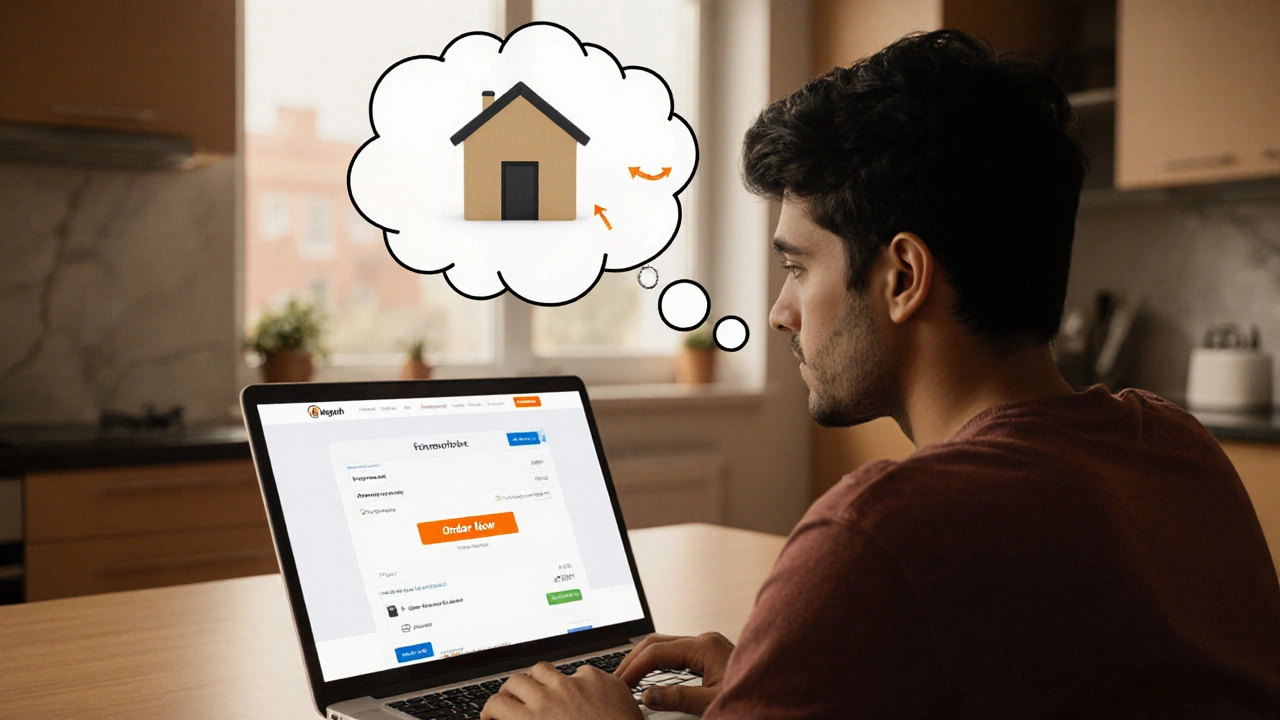Do Couriers Offer Door-to-Door Delivery? Explained
Learn if couriers truly bring packages to your front door, what factors affect door‑to‑door service, and how to secure reliable home delivery.
When talking about Last‑Mile, the final leg of a shipment that moves a package from a local hub to the customer’s door. Also known as final‑mile, it directly influences speed, cost and customer happiness in modern logistics., you’re really looking at the moment that decides whether a buyer feels delighted or frustrated. This stage last-mile connects the big‑picture supply chain to everyday life, and it leans on several other concepts to pull it off.
One of those concepts is Delivery Coverage, the geographic area a carrier promises to serve within a certain time frame. Delivery coverage shapes how far a carrier can push its network, and it determines whether a rural address gets a same‑day option or a two‑day window. In short, broader coverage expands the reach of the last‑mile operation, while tighter coverage lets carriers fine‑tune speed and price.
Another key player is the Local Courier, a small‑scale delivery service that handles parcels within a city or region. Local couriers are the hands‑on workers who actually pull the package out of the truck, navigate city traffic, and hand it to the customer. Their knowledge of street shortcuts, building access rules and peak‑hour patterns makes them indispensable for a smooth final leg.
These couriers often belong to a broader Courier Service, a company that coordinates pickup, transport and delivery of parcels for businesses and individuals. A courier service provides the tech platform, tracking tools and customer support that tie the whole operation together. When a courier service integrates real‑time routing software, it reduces mileage, cuts fuel costs and improves on‑time performance for the last‑mile.
Both traditional logistics and its digital cousin, e‑logistics, feed into last‑mile efficiency. Traditional logistics offers the backbone—warehouses, distribution centers and a fleet of trucks—while e‑logistics adds the data layer: order management systems, API‑driven tracking and AI‑based demand forecasts. When these two worlds sync, the last‑mile can be scheduled ahead of time, reducing idle driver hours and giving customers accurate ETA updates.
From a practical standpoint, three factors drive success: route optimization, delivery coverage and driver performance. Route optimization uses algorithms to map the shortest, least‑congested path for a batch of deliveries. Delivery coverage defines the service radius and dictates which customers qualify for premium options. Driver performance—measured by on‑time rate, handling score and feedback—directly impacts brand reputation.
Because the last‑mile sits at the intersection of these factors, it also demands specific tools. Mobile dispatch apps let managers assign jobs in real time, while handheld scanners record proof of delivery instantly. Some firms add contact‑less drop‑off lockers to expand coverage without adding extra driver miles. All these tools link back to the core idea that the final mile must be both fast and reliable.
In practice, businesses often start by auditing their existing delivery coverage map, then partner with local couriers who understand the neighborhoods they serve. Next, they layer a courier service platform that offers real‑time tracking and automated notifications. Finally, they integrate logistics analytics to fine‑tune routes and predict peak periods. Following this roadmap turns a chaotic final stretch into a predictable, repeatable process.
Now that you see how delivery coverage, local couriers, courier services, logistics and e‑logistics all fit together, you’ll recognize the patterns in the articles below. Each post digs deeper into one of these pieces—whether it’s insurance for gig drivers, how to pick a courier, or ways to calculate shipping costs. Keep reading to get actionable insights that will help you master the last‑mile in your own operation.

Learn if couriers truly bring packages to your front door, what factors affect door‑to‑door service, and how to secure reliable home delivery.